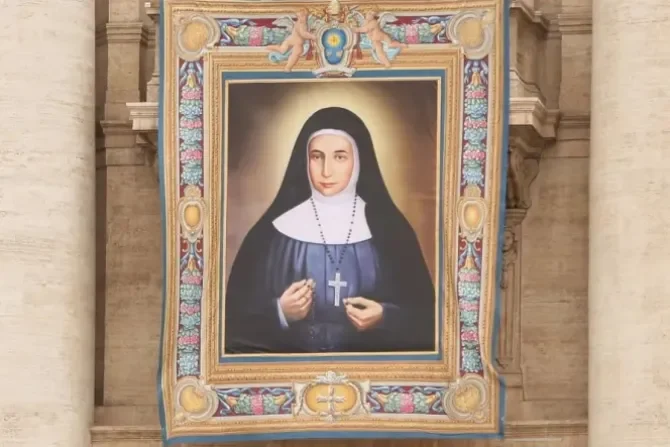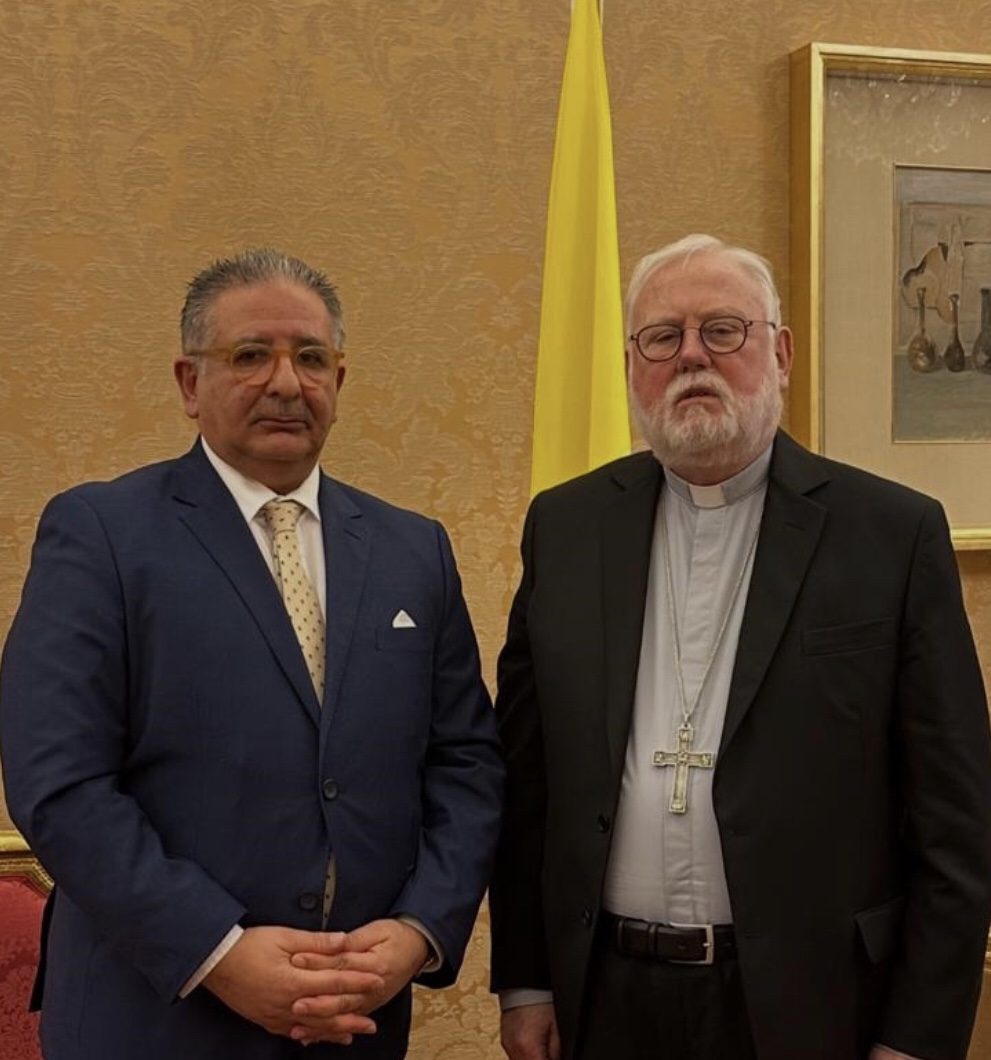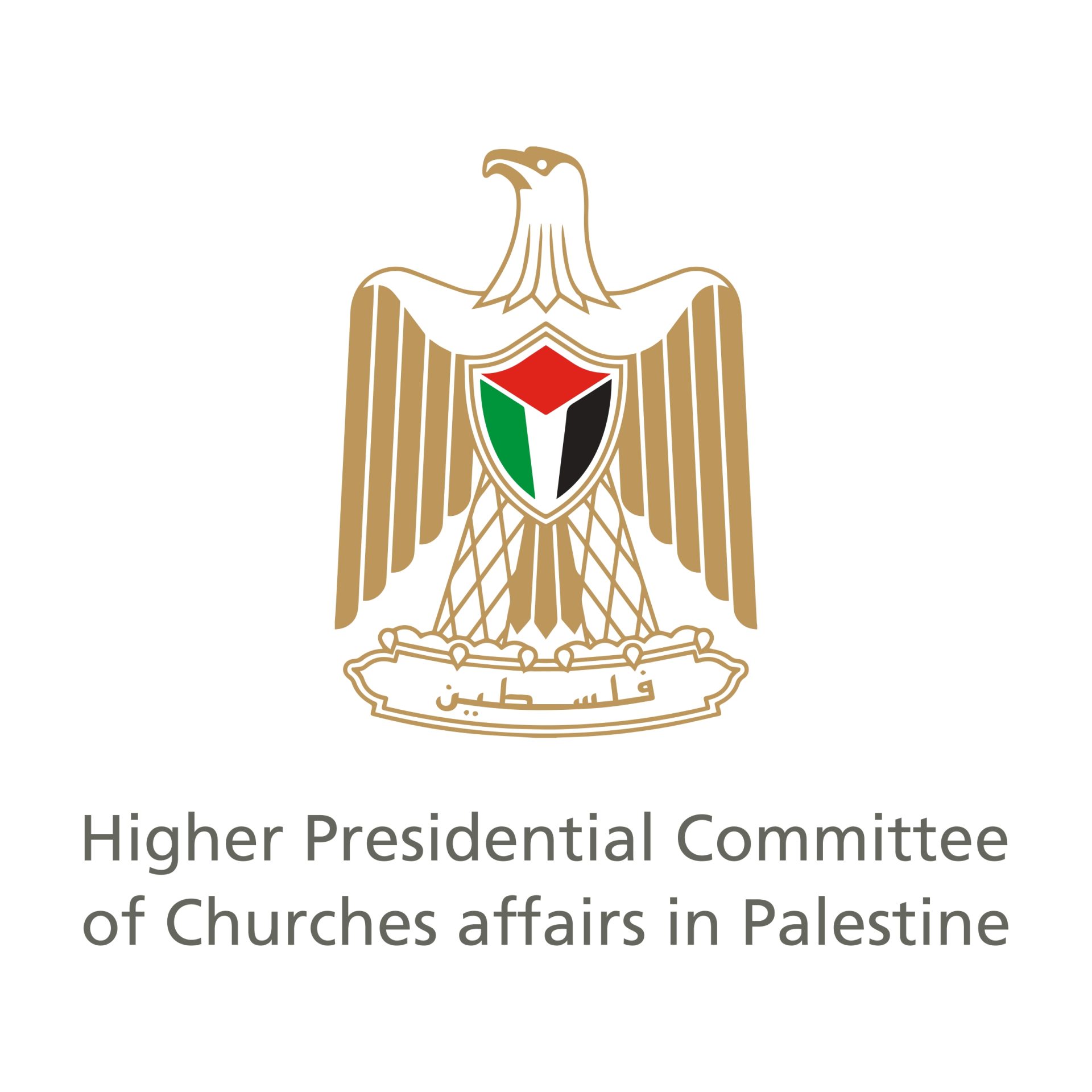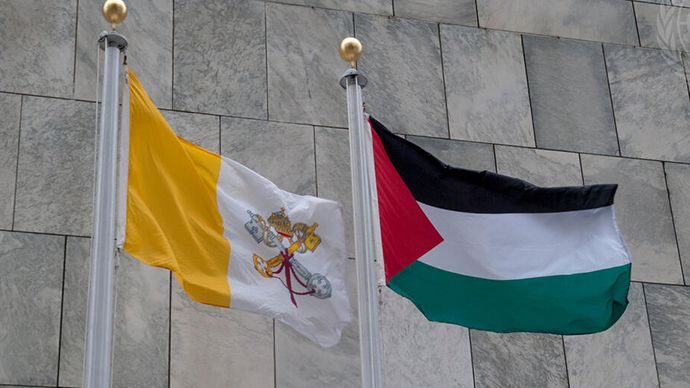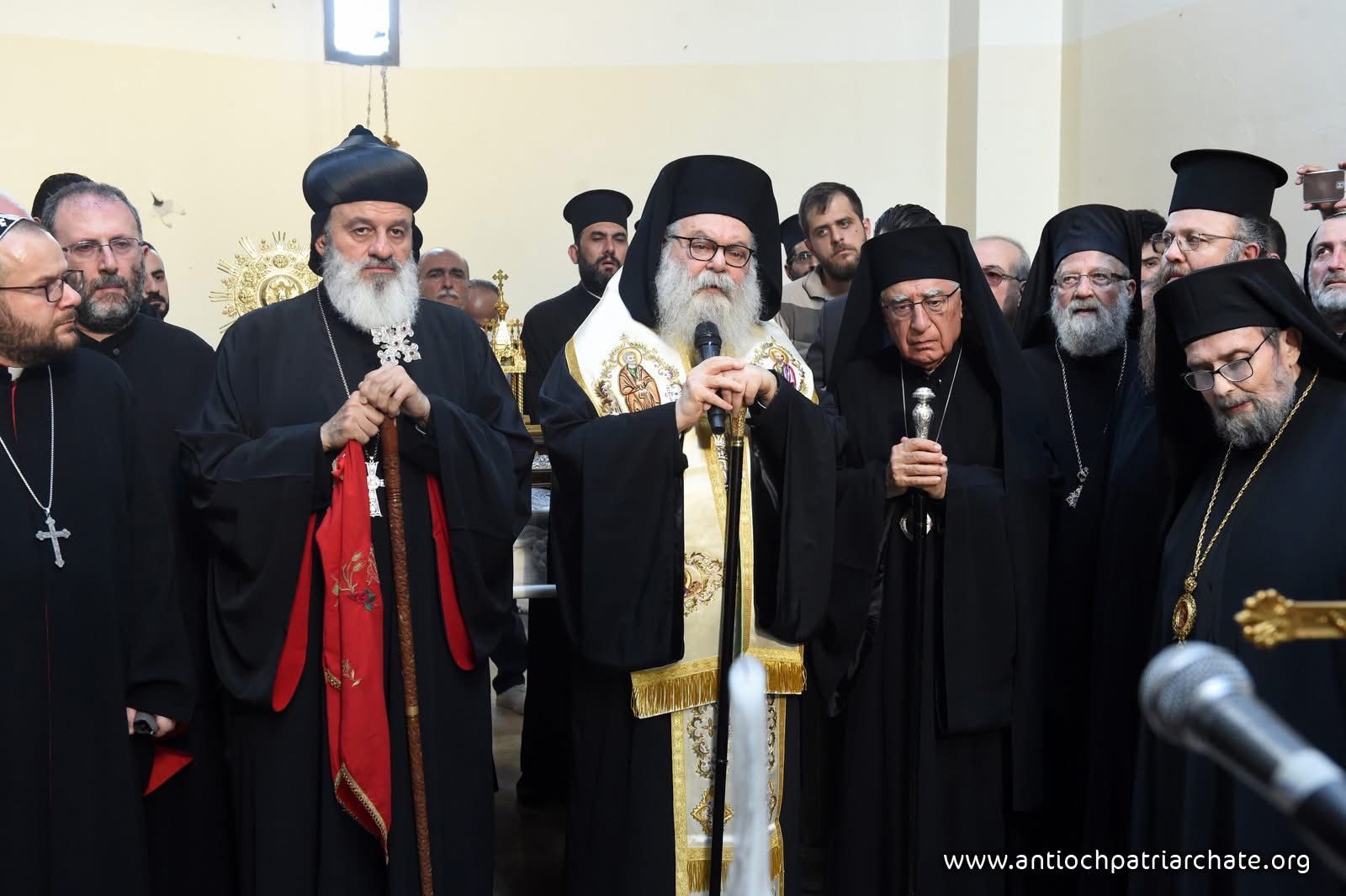On May 17, 2015, Pope Francis canonized Saint Marie-Alphonsine Ghattas, declaring her a saint of the Universal Church. This historic event made her the first Palestinian saint from the land of Christ. Her canonization followed her beatification on November 22, 2009, by Pope Benedict XVI, after the Church confirmed that she had lived a life of heroic Christian virtue—faith, hope, and love. A miraculous healing was attributed to her intercession: an engineer from the occupied Palestinian town of Kafr Kanna fell into a coma after an electric shock and regained consciousness on the very day of her beatification.
Known as the Rose of the Rosary from the Holy Land, Saint Marie-Alphonsine—born Sultaneh Danil Ghattas—came into the world on October 4, 1843, in Jerusalem. She was raised in a devout and generous Christian family, one of eight siblings. All three of her sisters dedicated their lives to religious service, and her brother Anton became a priest. Although Sultaneh grew up in a modest environment typical for girls in Jerusalem at the time, divine providence opened doors to a rare education. In 1848, the Sisters of St. Joseph arrived from France, invited by the Custodian of the Holy Land and Latin Patriarch Giuseppe Valerga, to lay a solid Christian foundation for future generations. Sultaneh enrolled in the school they established, where she quickly distinguished herself for her moral integrity, intellectual seriousness, and deepening spirituality.
When she expressed a desire to dedicate her life to God by joining the Sisters of St. Joseph, her parents strongly objected. Undeterred, she turned to prayer and sought the Virgin Mary’s intercession to change their hearts. Her prayers were answered, and her father eventually relented. She entered the novitiate, the initial phase of religious life focused on spiritual and ascetic formation. In 1860, just before her seventeenth birthday, she received the religious habit and took the name Sister Marie-Alphonsine, in accordance with ecclesiastical tradition.
Following her formation and discernment, she professed the vows of poverty, chastity, and obedience before Patriarch Valerga at Golgotha in Jerusalem, bearing a cross on her chest in imitation of Christ’s words: “If anyone would come after me, let him deny himself, take up his cross daily, and follow me.” She embraced this mission wholeheartedly for the rest of her life.
After her profession, Sister Marie-Alphonsine was assigned to teach catechism in Jerusalem. Her fluency in Arabic and gentle demeanor made her an effective and beloved educator. She launched several initiatives, including the founding of two lay associations: the Sodality of the Immaculate Conception for girls and the Christian Mothers’ Sodality. Both flourished and remain active today. Her mission eventually extended to Bethlehem, where she established similar groups.
Marian Apparitions and the Founding of the Rosary Congregation
God bestowed upon Mother Marie-Alphonsine special graces, including a series of Marian apparitions that revealed a divine call to establish a new religious community:
• First Apparition (January 6, 1874): On the Feast of the Epiphany, the Virgin Mary appeared to her in radiant light, holding a rosary with a cross. She wore a crown adorned with fifteen stars, and seven luminous planets shone beneath her feet. At that moment, Sister Marie-Alphonsine was meditating on the Rosary mysteries and understood this vision as a divine summons to a greater mission.
• Second Apparition (May 1, 1874): While walking near the Milk Grotto in Bethlehem, she heard the greeting “Hail Mary” and saw the Virgin appear three times along her path, an affirmation of continuous presence and support.
• Third Apparition (January 6, 1875): Again, on the Feast of the Epiphany, the Virgin appeared surrounded by girls dressed like her. In the sky, luminous words appeared: “Virgins of the Rosary. The Rosary Congregation.” A voice spoke to her heart: “I want you to establish the Rosary Congregation.”
• Fourth Apparition: In a prophetic vision, the Virgin, surrounded by girls clothed in light, took Sister Marie-Alphonsine’s hand and said: “Haven’t you understood yet? I want you to found the Rosary Congregation.” With humility, Sister Marie-Alphonsine replied, “I am ready to endure all the labor this mission requires.” The Virgin answered, “Rely on my mercy. Do not fear. I will assist you.” She then placed a rosary around Sister Marie-Alphonsine’s neck as a sign of covenant and mission.
Moved by these revelations, Sister Marie-Alphonsine sought guidance from her spiritual director. To her amazement, some of the girls from her sodalities had already been praying and performing acts of penance to help bring about this vision. In a subsequent apparition, the Virgin revealed her chosen spiritual guide – Father Joseph Tannous – whom Sister Marie-Alphonsine saw in a vision wearing a crown of stars. The inner voice confirmed: “He is the one chosen by Heaven.”
At the same time, a number of girls in Jerusalem had approached Father Tannous with the idea of establishing an Arab religious congregation for the spiritual formation of women. Initially hesitant, he became convinced after meeting Sister Marie-Alphonsine and hearing her account. He instructed her to document everything she had seen and heard.
In 1883, the Congregation of the Rosary was officially founded in Jerusalem with eight founding members, under the spiritual direction of Father Tannous and the visionary leadership of Mother Marie-Alphonsine. The community quickly flourished, growing in both numbers and spiritual strength. In 1897, the congregation’s constitutions received ecclesiastical approval, and in 1959, it was elevated to the status of a Pontifical Congregation under the direct authority of the Holy See.
Mother Marie-Alphonsine served faithfully in various places, including Nazareth, Al-Salt (Jordan), and Ein Karem, where her earthly journey came to an end. She passed into eternal life on March 25, 1927 – the Feast of the Annunciation – leaving behind a luminous legacy of prayer, devotion, and service.

